Gamification in Marketing: The Most Complete Guide You’ll Read on the Subject
Games are phenomena. We can’t deny that; in fact, I challenge you to tell me you’ve never played a game in your life.
Indeed, a life without games becomes more mundane.
Think about what your board game nights would be like, or those moments of boredom when you grab your phone and start playing a “random” game to pass the time, if this kind of entertainment didn’t exist.
Games have already dominated the world of entertainment, and now they’re making their way into sports, and, well, marketing is no different.
To keep up with around 2.5 billion people playing worldwide (Newzoo 2019), the new strategy is gamification in marketing.
That’s why we’re here. Let’s discuss another concept that could completely change your marketing and sales strategy and, consequently, boost your results.
Let the arguments begin!
What is Gamification?
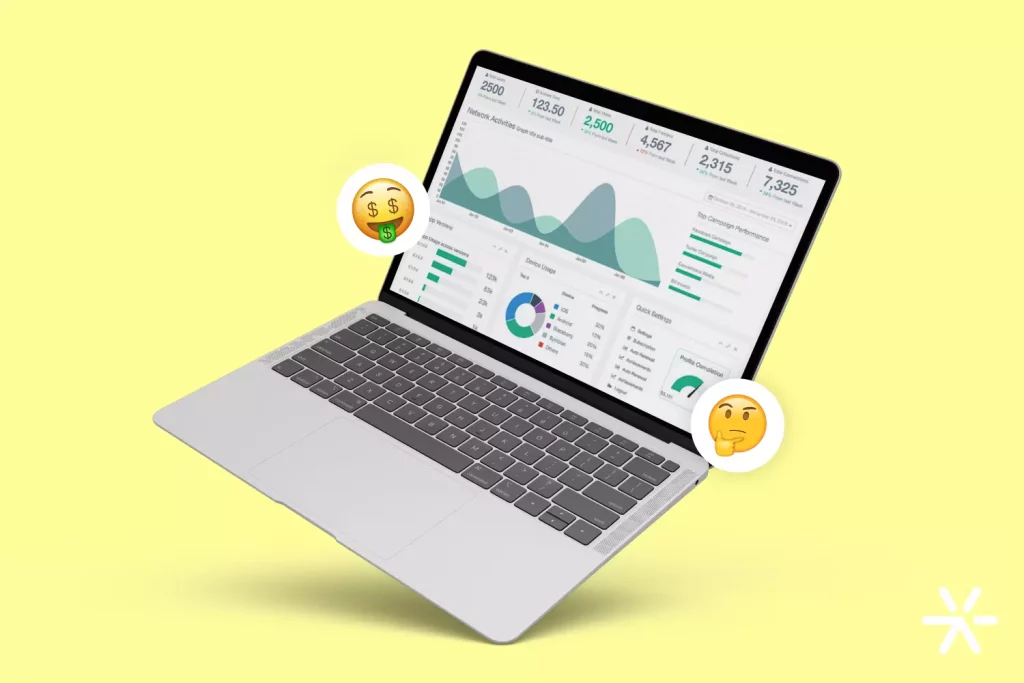
Before the debate, let’s cover the basics!
Who says we can’t have fun even while browsing the web? 🤔
Popularized in 2010, Gamification is a strategy to apply game mechanics—rules, competition, and scoring—in various areas outside the gaming universe, such as business, health, and social life.
The goal of gamification is to provide users with a more playful and interactive content, piquing their curiosity and thus boosting engagement.
In other words, goodbye to a harsh, tedious, invasive, and uninviting experience. The stage is now for those who want to venture into motivating content with avatars, earn new medals, and encourage new people to join their journey.
Also read: Podcast Marketing: What It Is, Advantages, and 10 Examples for Inspiration
In Which Market Segments Can Gamification Be Applied?
We’ve shown above that gamification can be applied in various areas beyond traditional games. But what are they?
Here are some segments that fit into this debate:
– Education – Why stick with the same expository teaching model created centuries ago? Not everyone will achieve good results with this method—this is where gamification comes into play. Imagine creating a class that provides a gamified scenario and puts the student’s understanding into practice through challenges and interaction.
– Events – Whether online or in-person, gamification in events tends to further boost your engagement with the audience. Through this strategy, you can generate interactive content that captures users’ attention, such as prize wheels, games that challenge them to reach a product purchase, and more.
– Health – There are already apps on phones where you earn badges for reaching a pre-established goal. This example is nothing more than gamification in the health sector, making you more motivated to complete various tasks, like drinking water.
– Retail – Nowadays, many stores have created point systems. Whether you’re browsing food, clothing, cosmetics, or beauty sectors, you can be sure you’ll encounter websites or apps that offer points in exchange for certain actions. In the end, these points can give you freebies, discounts, and even exclusive content, meaning we’re seeing a points-based gamification strategy based on exchange—which is also a good strategy for customer retention and post-sales.
And In Which Areas of the Corporate World?
Now that we know some of the segments where gamification can be applied, let’s delve into internal company sectors.
– HR – From creating a more dynamic onboarding process to providing training that empowers employees, gamification can be very well utilized in human resources.
– Sales – Especially when talking about post-sales. Gamification can create games or dynamics that stimulate public interaction; you’ll use this type of material to engage with your visitors and customers, gathering feedback and new insights.
– Customer Experience (UX) – By applying gamification in companies, you’ll see that the goal is to improve the customer experience, offering them a navigation experience that deviates from the conventional and truly aligns with what they’re looking for. This strategy is mainly applied to websites and digital products.
– Branding – Gamification can be a differentiator for your business; think about how you’ll stand out with interactive content in a “sea” of “more of the same.” With this strategy, you reinforce your brand’s authority in a unique and interactive way, meaning people will more easily remember your company.
– Promotion – Consider that launching your product or service and promoting gamified content can be much more fun than just a simple “Check it out,” “Download now,” and “Sign up.” Imagine creating a scenario where the customer guides their journey and learns about your product.
– Lead Generation – Gamification can be another element used as bait to capture the user’s attention and guide them through the conversion from visitor to lead. The user will be much more inclined to continue on a site that offers interactive, free content than just filling out a contact form.
Some of these main areas where we apply gamification have something in common: they have a “foot” in the marketing sector.
UX, sales, branding, promotion, and lead generation are some of the marketing sectors that make up a larger strategy, which is all about bringing in more customers and generating more sales.
That’s why we now move to our second concept for debate: gamification in marketing itself.
What is Gamification in Marketing?
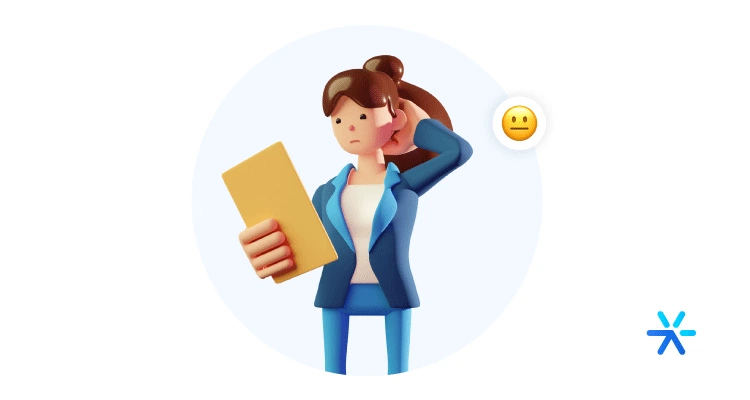
Think with me, if gamification is a strategy to apply game mechanics in other everyday sectors, we can say that gamification in marketing involves inserting these elements into the world of promotion, organic and paid traffic, branding, content, UX, and all other subareas that make up marketing.
The goal here is to provide the user with a unique, personalized, playful, and interactive experience that addresses what they’re looking for and guides them through the purchase process in a more fluid and less invasive manner.
Also read: Inbound Marketing in 2023: A Guide to Start or Expand
Why Does Gamification in Marketing Work So Well?
A good debate uses data, right? So, to answer this question, let’s look at the 9th edition of the Pesquisa Game Brasil 2022. The report showed that 74.5% of the interviewees regularly play electronic games.
In other words, we can already affirm that this strategy works well because people tend to consume more of this format.
The number has been growing, especially after the pandemic, a time when people began staying home more, meaning electronics became even closer and games and interactive content gained strength.
Besides these social issues, we can say that gamification works well in marketing by leveraging human behavioral elements. We tend to continue in a game or content when we see that responses are given based on our actions, that we receive something in return, or that we are being challenged.
In other words, the more you poke and challenge the consumer, giving rewards for their actions, the more they will engage with your company and be interested in your business.
Will you tell me you’ve never been more intrigued by a game upon noticing its difficulty and challenging yourself to conquer a new level? 😉
Also read: 12 Digital Marketing Trends to Explore in 2023
What Are the Benefits of Gamification in Marketing?
In addition to novelty and innovation, gamification in companies, specifically in marketing, brings benefits to both your company’s employees and the external audience.
Here are the advantages:
– Closer connection between the company and the audience;
– Genuine interaction between brand and user;
– Greater potential for sharing;
– The company becomes better known;
– Promotes teamwork;
– Enables content segmentation;
– Provides instant feedback.
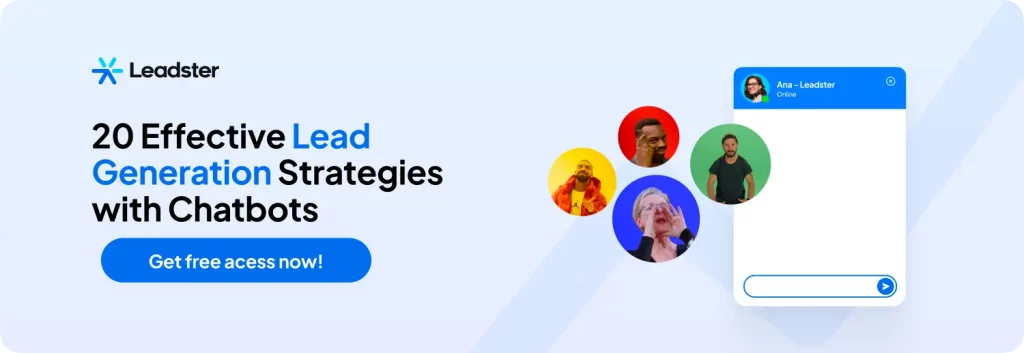
What Are the Principles of Game Creation for Marketing?

To gamify your marketing strategies, there are some principles to be studied and applied; after all, game rules must be followed.
Here are the four pillar elements, developed by game designer Jane McGonigal, that make up any game ever created:
– Goal – The objective. It could be completing levels or reaching a certain level;
– Rules – How the player should behave in the game;
– Feedback – How the player is performing – well or poorly;
– Voluntary Participation – The participant’s willingness to continue or not.
In marketing, other scholars mention additional elements, such as:
– Variable Outcome;
– Measurable Outcome.
Where to Apply Gamification in Your Company’s Marketing?
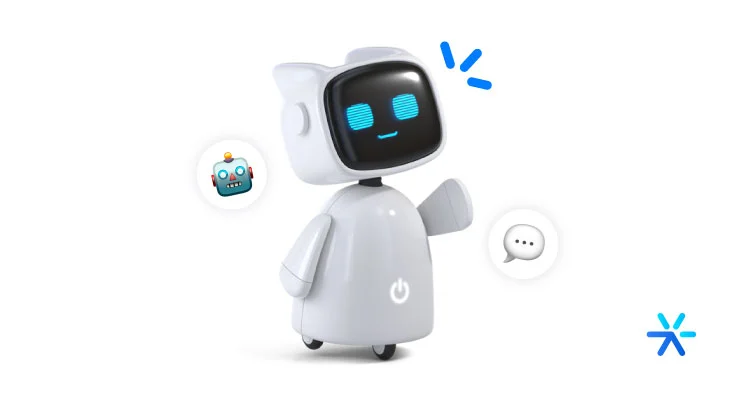
We’ve discussed some corporate areas where gamification can be present.
Now, let’s specify this strategy within marketing.
Some possibilities are:
- Gamification in Events – Focused on interaction, engagement, and exchange between the company and the consumer.
- Gamification in Post-Sales – Focused on customer retention, obtaining positive and negative feedback.
- Tools for Lead Generation – Focused on providing a personalized and interactive experience to the user, without being too invasive and guiding them through the sales funnel.
- Courses and Educational Materials – Go beyond blog posts, e-books, whitepapers, infographics, etc. Offer material where the user can interact and learn at the same time.
- Branding Resources – Innovate the way people perceive your brand, stand out in the market by offering a gamified experience that represents your company and its values.
How to Create a Gamification Strategy in Just 9 Steps
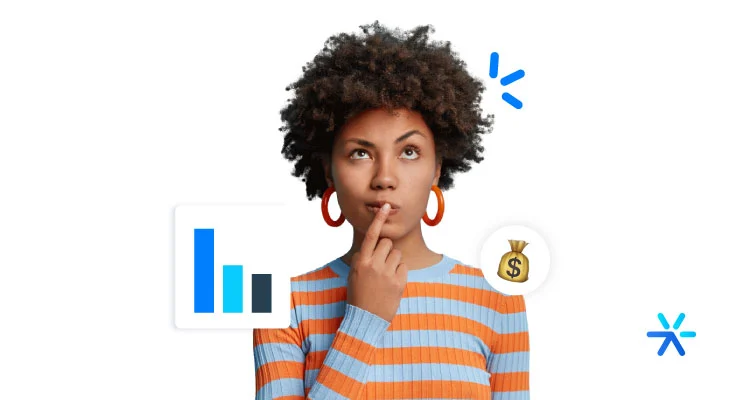
You can’t create gamified material overnight, can you?
That’s why we’ve outlined 9 steps to create your gamification strategy and put it into practice.
Check it out!
Also read: 85 Marketing Tools to Turn Your Team’s Game Around
1. Define Your Objectives
What do I want to achieve with this gamification?
This is the first question you need to consider before applying this strategy. Some options to choose as objectives are:
– Lead generation;
– Launching a product or service;
– Customer retention;
– Branding;
– Promoting events.
2. Specify the Target Audience
Who will I be creating this gamified material or content for?
This is the second question to reflect on. Segment the audience that will be targeted by the gamification.
To do this, research behavior, hobbies, demographic information, preferences, and other data that will specify the audience.
The more segmented, the better.
3. Choose the Ideal Format
What gamification format will I use?
Consider whether you will implement gamification on your website, blog, success stories, social media, email, or other channels used by your company.
Then, decide on the ideal format; you can create:
– Interactive content gamification with good storytelling;
– Point systems for buyers;
– Games that challenge users until they complete a purchase;
– An app where users complete missions and earn rewards.
Also read: Content Marketing in 2023: What Changes and Good Strategies
4. Create Attractive Rewards
What will consumers gain by accessing my gamified content?
Remember, nothing is free! Consumers will want to earn something at the end of their game journey; this is one of the elements that permeates games.
Think of rewards like:
– Points for exchanging for products or discounts;
– Personalized promotions;
– Badges for VIP customers;
– Trips or material goods.
5. Tell Stories
What will my gamification be conveying to the user?
Most games have a beginning, middle, and end. At each stage, you have a goal to achieve, a goal that comes with a story behind it, and it’s this storytelling that gives meaning to the game.
You don’t need to create a book for each gamification you make, but create scripts that capture the user’s attention and keep them moving forward.
6. Conduct A/B Testing
What is my best version?
Create two versions of your gamification, making some changes to one of them to analyze which performs better.
This way, A/B testing will provide answers on which version yields better results and engages the audience more.
7. Reinforce Your Brand’s Values
What does the gamification represent concerning my brand?
Remember that gamification in marketing is another strategy to represent your brand and boost your results.
Therefore, make sure to reinforce your values, whether by incorporating them into the narrative or as part of the content itself.
8. Measure and Analyze Campaigns
Is it working?
You will only know the answer to this question by measuring and analyzing the results of your gamification.
Have well-established metrics that represent the progress of this strategy. Metrics such as visits, users, total and organic traffic, lead generation, and the goal of users who reached the end of the game, etc.
9. Optimize (Always) the User Experience
Where can I improve?
Finally, remember that there will always be areas for improvement in any implemented strategy, including gamification.
Analyze your results and gather feedback; this is the only way to know which aspects to optimize to offer an even better user experience.
5 Examples of Gamification Campaigns in Marketing

Is gamification in marketing already well-explored by the market?
To answer that question, we’ve separated 5 examples of campaigns that used this strategy. Check them out!
Salesforce – Trailhead
First, we have Salesforce—Sales CRM—with its gamified training program, Trailhead.
The goal is to teach about the product through challenges and modules. In return, users receive virtual rewards such as badges and custom titles.
With this interactive alternative, Salesforce saw increased engagement and customer loyalty.
Coca-Cola – Share a Coke
You might be familiar with this one—have you ever looked for your name on a Coca-Cola bottle?
The gamified Share a Coke campaign is based on sharing personalized bottles with the names of friends and family.
Through this, consumers find their names on bottles, increasing interaction and conversation around the brand.
Nike – Nike+
If you’re a runner, this one’s for you!
Nike+ is an app designed for runners that rewards them with virtual rewards for achieving running goals.
On this platform, users can compete with friends, track their progress, and celebrate achievements, while the company promotes physical activity and strengthens its relationship with customers.
Domino’s Pizza – Domino’s Game
Do you like pizza? Then enjoy the discount!
The Domino’s Game is a game designed to encourage customers to play to win discounts.
The game increases customer interaction and participation, offering a fun way to get discounts and promotions.
Leadster – Flappy Leads
Missing Flappy Birds? Let me introduce you to Flappy Leads!
Remember the simple yet challenging game that was a hit a few years back? Leadster adapted the game to show users how acquiring leads through contact forms can be as challenging as keeping the bird away from the pipes.
Besides being a more fun way to interact with customers, especially at events, this game proves that contact forms are outdated.
Curious? Play now!
So, what will your gamification marketing campaign be? Share with us!
This is just one of the many methods out there to help you boost your results and generate more leads.
If you want to learn more about this topic, check out our article: How to Capture Qualified Leads for Sales in 2023!


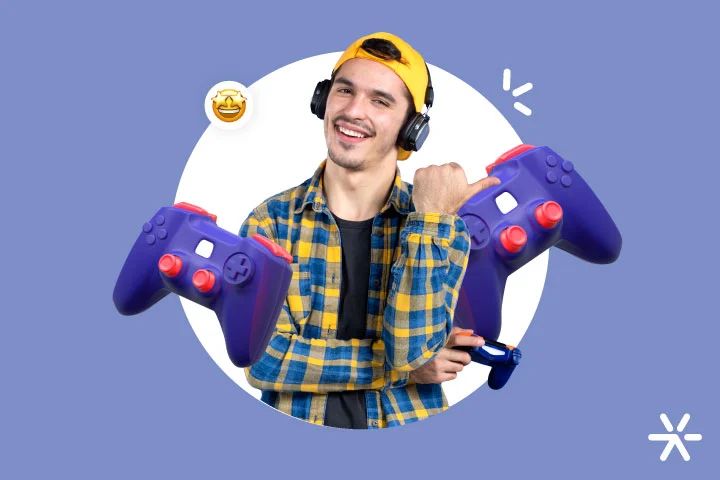
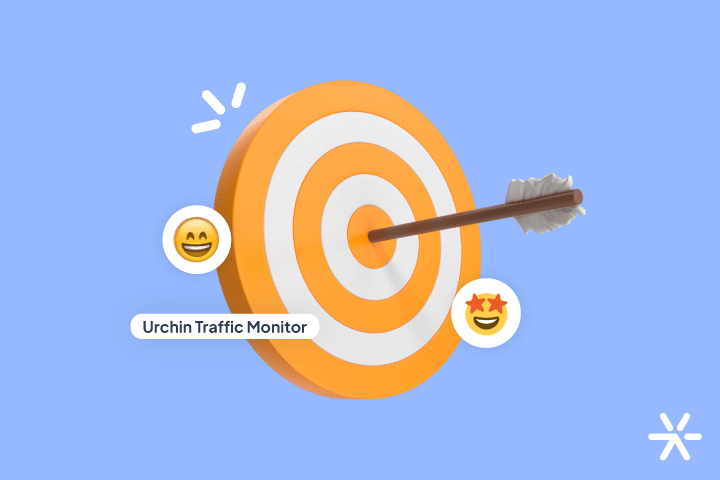

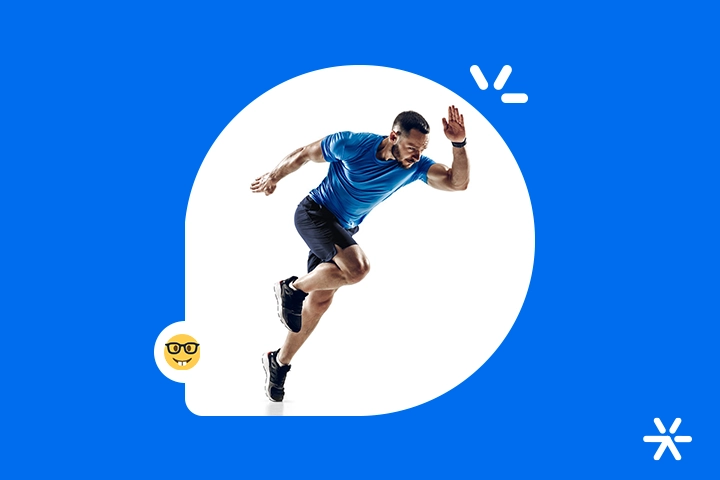

![20 Marketing Strategies for Startups [Growth-Focused]](https://getleadster.com/blog/wp-content/uploads/2024/04/20-estrategias-de-marketing-para-startups-com-foco-em-growth.webp)
